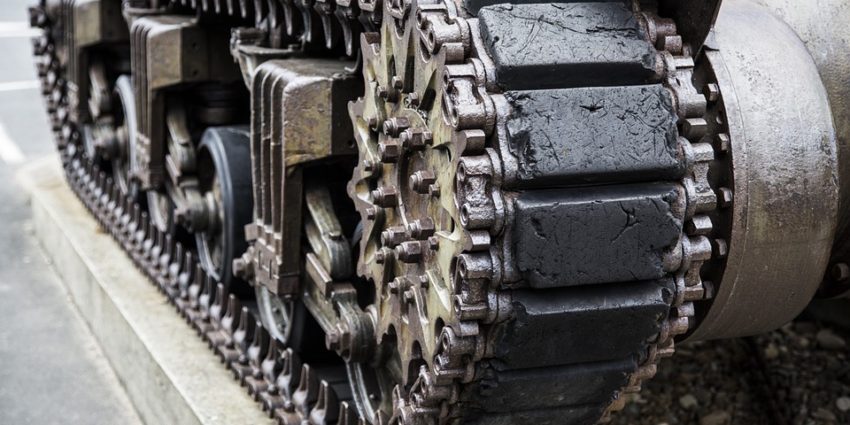Do the characterisations of war, insecurity and peace that are used by academics and international organisations match the experiences of those who actually live through the violent conflict? Academics and policymakers have developed their own vernaculars to describe and analyse conflict, and deployed widely accepted conflict analysis models. A good example of the academic\policy vernacular is the word ‘resilience’ which has found its way into the titles of numerous academic and policy publications. But have any of us conducted interviews in conflict-affected regions in which interviewees have used the term ‘resilience’? We would suggest that the term is simply not used in everyday exchanges yet academics and policymakers have ‘written over’ on-the-ground experiences by using the term resilience.
Our article, “Top-down and bottom-up narratives of peace and conflict“, in Politics explores the gap between top-down and bottom-up narratives of conflict. It draws on research conducted in the Everyday Peace Indicator project whereby we worked in three communities each in South Africa, Uganda and Zimbabwe to ascertain indicators of peace and security used in everyday life in local areas. So, for example, people mentioned indicators such as the ability to leave their home unattended, the ability to move around freely, or the ability to catch the bus at the local bus stop without the danger of robbery. These indicators were highly localised and reflected local circumstances in post-war and post-authoritarian societies. Often they pertained to the immediate neighbourhood of where someone lived.
Our research made clear that the top-down and bottom-up framing of peace, conflict an insecurity are often very different – with different emphases and terminology. Local framings of conflict and peace were often a-political in the sense that they made few references to political parties or movements, and made only sparse references to international actors. Top-down framing of conflict and peace, by international organisations or INGOs, on the other hand, often use conflict analysis models that rest on identifying political actors and which often emphasise the capability and importance of international actors.
These different narratives of conflict are important because they are inflected with power. International actors often have power in the sense that they can mobilise material and symbolic resources in favour of intervention. These interventions may be organised and executed on the basis of information that is gathered remotely or through orthodox diplomatic means. Yet the information gathered on the basis of these methods might be very different from information gathered at the local level. The bottom-up forms of information might be alert to vernacular and ontological concepts of security. It may connect with local coping mechanisms and cultural mores and expectations. The next step – and one we hope to look at in subsequent work in the Everyday Peace Indicators project – is to explore how top-down actors can take seriously, and truly listen to, bottom-up narratives.
This article appears in Politics‘ Special Issue on Everyday Narratives. Read more from this Special Issue:
- “How Ordinary People Talk About Terrorism” by Richard Jackson
- “If you were in government, what would you do about terrorism?” by Lee Jarvis and Michael Lister

